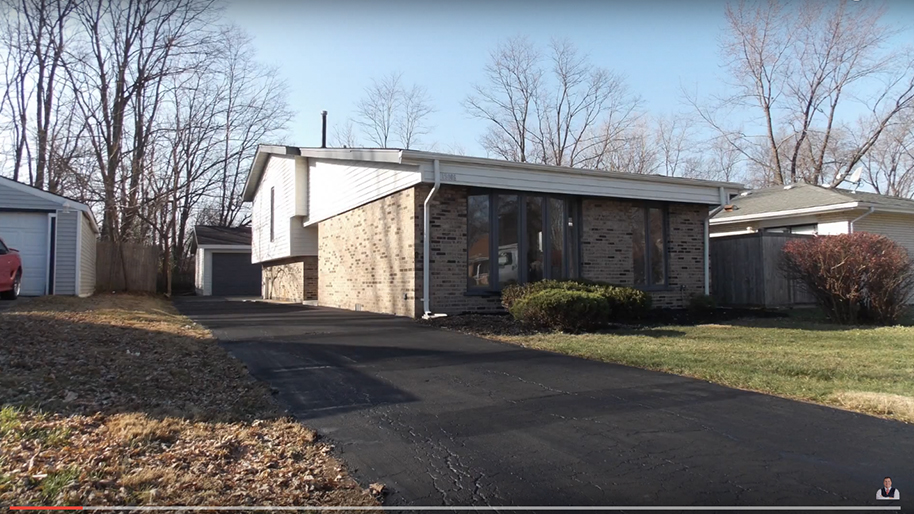
What do world-class athletes and hyper-successful business owners have in common? Obsessions! Percentage-wise, very few “normal” humans can identify with being obsessed to be the best in the world or to wildly succeed. Yet, that is frequently the factor that reveals the ultra successes. Mike Wolfe, former assistant US attorney-turned professional ultra long-distance runner. We’re talking 50 – 100 mile races in mountains and through mud. He runs for the North Face Global Athletic Teams. He knows the thrill of victory, setting many world records and winning many races. Including Wyoming’s Bighorn 100 and the North Face Endurance Challenge Championship. But racing in 2012 in the Transvulcania Ultra marathon in the Canary islands, Wolfe’s body began shutting down and he came in a disappointing 13th place. He was the odds-on favorite to win. Wolfe, along with super athletes Alberto Salazar, Anna Frost, Anton Kurpicka, Geoff Roes, and Kyle Skaggs (all record-setters in ultra-marathoning) fell victim to an affliction referred to as OTS. A malady that affects athletes training at the outer edge of human performance. OTS stands for Over-Training Syndrome. David Nieman, former vice president of The American college of Sports Medicine said, “OTS is one of the scariest things I’ve ever seen in my 30-plus years of working with athletes. OTS is an acute exhaustion and “slow-poisoning of the nervous systems which could last weeks or even months.” These athletes had pushed themselves to a point at which their bodies and minds had simply stopped responding. We have seen similar meltdowns in the business world. The former head of American Apparel suffered from a business OTS. Multiple corporate executives and entrepreneurs, not knowing what to call it – midlife crisis, burn out, etc – suddenly find their Midas touch turn into a Midas curse. They lose respect from their peers, the trust of their boards, the confidence and loyalty of a spouse and too often the health set backs that force them into early retirement, or worse. They find themselves lost in a jungle of confusion and are forced into survival mode or into a self-destruction mode. Anytime a human is repetitiously training/working at the outer limits of human performance, there is risk of losing all the good that has been built to that point. It is at this “edge” where we find our greatest successes as well as our greatest tragedies. Simply over-stated, OTS occurs when a person pushes hard, and then pushes even harder, thinking that more is always better without allowing himself intervals of rest. Strategic downtime is critically important to long-term survival in the world of competition. And this includes business competition. I’m thinking of one of the most talented and multi-gifted professionals I’ve ever known. He was a mega-star in his field, but succumbed to OTS in his mid-thirties, collapsing and never recovering. When I asked a family...
Read More »

Does the name Nando Parrado mean anything to you? If you relish raw, visceral survival stories it should. And if it doesn’t now, you soon won’t forget him. Nando details the gut-wrenching story of his survival following a plane crash in the Andes mountains in his book, “Miracle in the Andes: 72 days on the Mountain and My Long Trek Home.” On Friday the 13th of October, 1972, Nando was one of the 45 souls who boarded the chartered Fairchild turboprop, Uruguayan Air Force flight 571. Nando was a member of the Old Christians Club rugby team on their way to a match. Along with the team were several of the teams’ family members and friends. The flight was in poor weather. The pilots did not factor in the heavy headwinds when they guesstimated their position incorrectly. They turned the plane into the face of an unnamed mountain peak. Later on it was named Cerro Seler, or Glacier of Tears. The plane clipped the peak at 13,800 feet, shearing off both wings. The tubular fuselage slid down a steep slope before coming to rest in a snow bank. When the wings came off, they were viciously twisted backwards so that the spinning propellers sliced through the fuselage. Additionally the tail section broke off. Of the 45 souls on board, 12 were killed immediately. Another 5 died by the next morning and 1 more died on the 8th day. The 27 remaining faced 35-below wind chill temperatures. There was no food but the few chips and candy bars and bottles of wine they scrounged from the luggage. They had no cold-weather clothing and many of the 27 had severe injuries. 22-year old Nando himself was in a coma for 3 days and was assumed dead by his companions. Nando’s mother and 17-year old sister perished in the flight as well. To add further terror and insult to the survivors, an avalanche on day 16 claimed 8 more lives. There were two pivotal moments however that decided the ultimate fate of the 16 eventual survivors of the air disaster. First, on day 9 the survivors held a 2-hour meeting to discuss what they would do for food. There was only one obvious choice, since the mountain was frozen and afforded no trees, shrubs or animals of any kind. The decision was agreed upon to cannibalize the frozen bodies of their fellow travelers now deceased. They concluded the meeting by agreeing that if any of them died, they granted permission to the living to use their corpses for food. Their argument played on the idea that eating the flesh of the dead was not dissimilar to receiving an organ transplant from a deceased person. Secondly, the huddled group had a small transistor radio they found in the luggage. On day 11 they discovered that the search for...
Read More »
One of the fastest ways to build a fortune in real estate is by flipping houses! I have spent the last decade flipping houses and have been very successful at it. Once you start flipping houses, the sky’s the limit! So what are you waiting for? Study my educational video library and start investing today! A seasoned investor with over 10 years in the industry, Andrew is a nationally recognized speaker and educator. His passion is helping people find their purpose and in 2013, he celebrated a groundbreaking strategic alliance with Home Depot, Inc. Andrew has flipped hundreds of homes in multiple states and tours the country sharing his vast wealth of knowledge with investors of all experience levels. Andrew loves to teach new investors how to flip a house and mentors a small, select group of student investors who have had great success applying his proven systems. Click here to watch the video! ...
Read More »

Thirty-five year old George Cowan, a Civil War veteran who had moved to Helena, Montana, to prospect for gold and to work as a lawyer, was thinking of some way to console his wife Emma, who had just lost their first child. Emma was 24 years old. Five years earlier, Yellowstone National Park had been officially dedicated and opened to the public for tourism. Wondering if it would be safe to take his young wife there for some camping and fishing, George spoke to an army scout from the area who said, “You will be as safe in the park as in New York City.” On August 5, 1877, George and Emma, accompanied by Emma’s brother Frank, her sister Ida and 6 other men, left their home for Yellowstone. Nine days later, the group was in their camp in Yellowstone preparing to go fishing only to find themselves surrounded by Indians from the Nez Perce tribe. The Nez Perce had been living in the Wallowa Valley area of Washington State. They had felt forced to leave by encroaching cattlemen. They felt a new home with the Crow Indians of Eastern Montana would be more accommodating. That or they could migrate to Canada to join the Sioux Indians there. The federal government ordered them to stay in Wallowa temporarily until a better arrangement could be negotiated, but the Nez Perce decided to strike out east on their own. Attempting to prevent their movement, a drunken band of soldiers fell upon a smaller group of the Nez Perce and killed nearly 100 of them, mostly woman and children. Now the Nez Perce felt the bitterness and heavy hand of the federal government and decided to covertly move to Canada and escape. They were passing through Yellowstone on their journey when they met the tourists of George Cowan’s party. On their two-year anniversary, George and Emma found themselves in the middle of the last great frontier Indian battle of the USA. Emma heard Indians outside of their tent. George, fearing that some bandits may be attempting to steal their provisions, grabbed his shotgun and headed out to meet the intruders. The Indians were indeed trying to talk some of Cowan’s party out of provisions, but George insisted no one would take them without a fight. George’s legal training along with his stubbornness caused him to argue with the Indians who were well-armed and in superior numbers. Years later, George confessed to his daughter Ethel that perhaps his well-known bluntness might have escalated the situation. His great-granddaughter said, “I think my great-grandfather realized he could’ve handled it a little more diplomatically. It’s one of those incidents where hot-headedness prevailed both with the young Indians and my great-grandfather.” The Indians began to escort the Cowan party to their chiefs at the main camp. The chiefs wished to free them but...
Read More »











